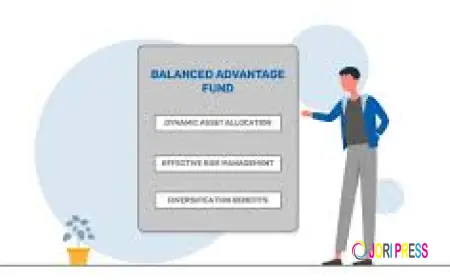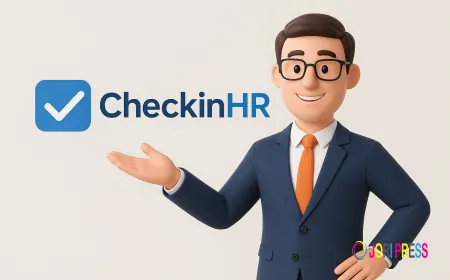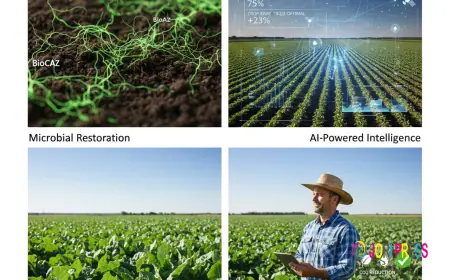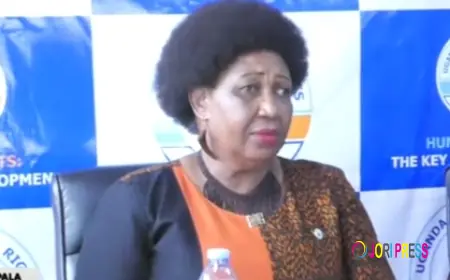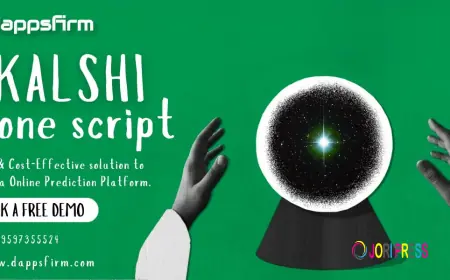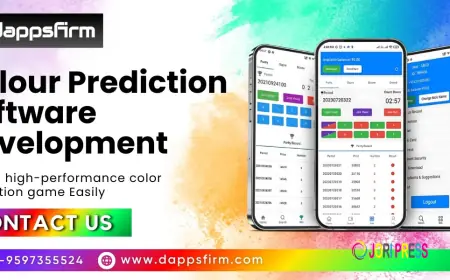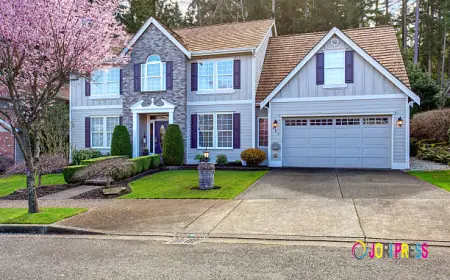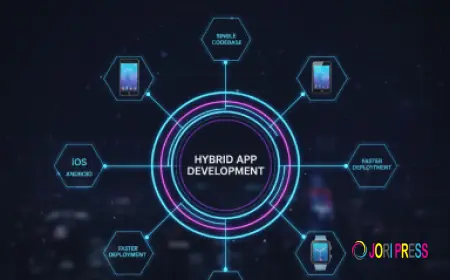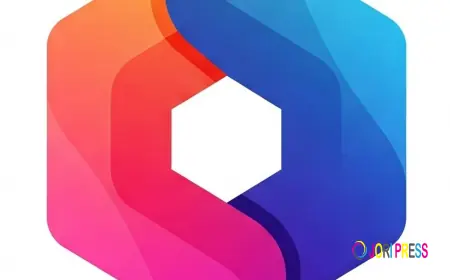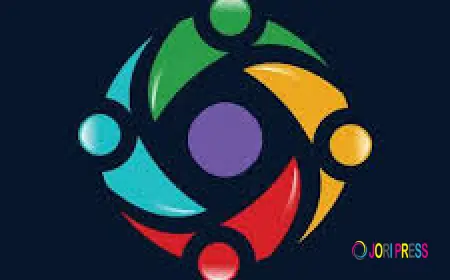How to Standardize AVSI Proposal Software Output Across Teams
Standardize AVSI proposal output across teams with OfficeHub Tech to ensure accuracy, consistency, and faster project approvals.

Do your AVSI teams spend too much time fine-tuning proposals and verifying details? Are inconsistent formats, unclear data, or missing information slowing down client approvals and project launches?
These issues are common among Audio-Visual System Integrators (AVSI), especially when multiple departments collaborate on the same proposal. Without a standardized process, proposals can vary in style, contain mistakes, or miss crucial information—impacting client trust and operational efficiency.
So, how can you ensure every proposal is accurate, consistent, and easy for clients to understand? And how can your teams collaborate effectively while maintaining quality and professionalism?
The answer lies in standardizing AVSI proposal software outputs. A standardized system helps teams save time, minimize errors, and deliver polished, reliable proposals to every client.
Let’s explore practical steps to help your organization streamline and standardize proposal outputs across teams.
Step 1: Establish a Unified Proposal Structure
The foundation of standardization starts with a clear and unified proposal structure. When every proposal follows the same sequence and layout, it becomes easier to read, review, and compare.
A well-defined AVSI proposal should include:
- Title Page & Client Information: Project title, client name, date, and version number.
- Executive Summary: A concise overview of project goals and proposed solutions.
- Scope of Work: Defines what’s included or excluded to prevent confusion.
- Bill of Materials (BOM): Lists all equipment, quantities, and technical details.
- Pricing Summary: Breaks down itemized costs and total pricing.
- Timeline & Milestones: Highlights key project phases and deadlines.
- Terms & Conditions: Covers warranties, payment terms, and service details.
Following this structure ensures every proposal looks professional and maintains consistent presentation quality across departments.
Step 2: Build a Centralized Content and Component Library
After defining the structure, the next step is to create a centralized content repository. This shared library acts as the single source of truth for all proposal-related data, ensuring everyone uses verified and approved content.
Include:
- Standard company statements (about us, warranty clauses, legal notes).
- Product descriptions with SKUs, images, and specifications.
- Standardized pricing tables and labor rates.
- Reusable diagrams and layout visuals.
Having this library reduces repetitive work, ensures content accuracy, and guarantees that every team member uses consistent language and visuals.
Step 3: Standardize the BOM and Pricing Data Model
Every AVSI proposal includes a Bill of Materials. Standardizing its data format ensures uniformity and seamless integration across departments.
Each BOM line should include:
- Manufacturer and Model Number
- Product Description
- Quantity and Unit Type
- Unit Cost and Markup
- Labor Hours and Assigned Role
This structure allows for easy integration with ERP, accounting, and inventory systems, helping eliminate pricing discrepancies and improving transparency.
Step 4: Maintain Consistent Naming Conventions
Standard naming conventions improve clarity and make it easier to locate and manage files, products, and roles.
For example:
- Products: Manufacturer | Series | Model | Configuration
- Documents: Date_Version_ProposalName
- Roles: Sales Lead, Design Engineer, Project Manager
Consistency in naming supports smoother collaboration and reduces confusion across departments.
Step 5: Integrate Systems for Seamless Data Flow
To reduce manual work and prevent data mismatches, integrate your proposal software with key business systems.
Recommended integrations include:
- CRM Systems: For managing client records and opportunities.
- Inventory or ERP Systems: For real-time pricing and stock availability.
- CAD/BIM Tools: To import technical drawings directly into proposals.
With integrated platforms, updates made in one system automatically reflect across all others, maintaining synchronization and accuracy throughout the business.
Step 6: Define Role-Based Workflows and Approvals
Clarity in roles and responsibilities is essential for maintaining quality and compliance. Implement structured, role-based approval workflows:
- Sales Team: Drafts the proposal.
- Engineering Team: Reviews technical details.
- Finance Team: Verifies pricing and profitability.
- Management/Legal: Provides final approval.
With predefined workflows, each proposal goes through proper validation, reducing the risk of missing details or financial errors.
Step 7: Automate Repetitive Processes and Calculations
Automation simplifies proposal creation by removing repetitive manual tasks.
Use automation to:
- Auto-fill client information.
- Automatically calculate totals and taxes.
- Apply standard discounts and formulas.
Modern proposal tools can generate consistent, error-free documents that follow the same rules and templates every time—saving hours of manual work.
Step 8: Ensure Visual and Technical Consistency
Consistent design reinforces professionalism and strengthens your brand image. Use a standardized color scheme, layout, and font style across all proposals.
Additionally, label drawings with version numbers and captions to prevent confusion between clients and technical teams.
OfficeHub Tech ensures that every proposal reflects a professional, uniform, and brand-aligned appearance that builds client confidence.
Step 9: Create a Proposal Governance Playbook
A governance playbook serves as a formal guide for proposal development standards. It documents best practices and rules for all teams to follow.
Your playbook should include:
- Template and access management guidelines.
- Rules for updating content and product data.
- Approval workflows and escalation processes.
- Version control and naming standards.
A well-documented playbook ensures every employee—new or experienced—maintains consistency and quality across all proposals.
Step 10: Train Teams and Run Pilot Projects
Training ensures smooth adoption of standardized systems. Conduct team-specific sessions for sales, engineering, and management to clarify their roles.
Running pilot tests using real proposals helps identify bottlenecks and fine-tune workflows before full rollout. This step builds confidence and promotes organization-wide adoption.
Step 11: Monitor Performance and Review Regularly
Standardization isn’t a one-time task—it’s an ongoing process. Track performance metrics to identify areas for improvement.
Monitor:
- Average proposal preparation time.
- Win rate before and after standardization.
- Number of revisions per proposal.
- Frequency of change orders post-client approval.
Regular reviews—monthly or quarterly—help refine templates and workflows, ensuring continuous improvement.
Step 12: Implement Gradually and Sustain Improvements
Adopt standardization in phases for smoother implementation and better results.
Suggested rollout plan:
- Phase 1 (0–30 days): Develop master templates and content libraries.
- Phase 2 (31–60 days): Integrate systems and set up workflows.
- Phase 3 (61–90 days): Conduct training, go live, and track KPIs.
Continuous reviews and updates will help you align proposals with evolving client needs, technologies, and market expectations.
Conclusion
Standardization is the key to producing accurate, consistent, and client-ready proposals. Unstructured or inconsistent proposals can delay approvals, cause confusion, and weaken your brand image.
OfficeHub Tech simplifies this challenge with tailored solutions that unify proposal creation across teams. By centralizing templates, content libraries, and product data, we ensure your teams always work with the latest, approved information.
Our Customize AI Powered Zoho ERP Solution For AVSI Business seamlessly connects proposal management with CRM, inventory, finance, and service modules—creating an efficient, end-to-end workflow.
Whether you’re a growing AV integrator or a large multi-location firm, our standardization framework helps you deliver proposals that:
- Inspire client trust,
- Showcase technical expertise, and
- Drive faster project approvals.
With OfficeHub Tech, every proposal becomes a reflection of precision, professionalism, and operational excellence—setting your AVSI business up for sustainable growth.
What's Your Reaction?
 Like
0
Like
0
 Dislike
0
Dislike
0
 Love
0
Love
0
 Funny
0
Funny
0
 Angry
0
Angry
0
 Sad
0
Sad
0
 Wow
0
Wow
0
